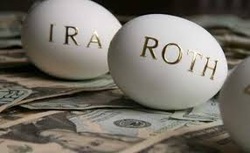
A. There is a simple rule of thumb to determine if you should invest in your home state 529 plan or not -
E < T/N + 0.17% ?
E - your home state 529 expense ratio
T - the percentage of your contribution you will get back in state tax benefits
N - the number of years you will need the 529 money
0.17% - is the cheap New York State 529 plan's expense ratio
If your E is less than T/N+0.17%, invest in your home state 529 plan. Otherwise, go with NY State 529 plan.
Example
If you put $5,000 into your home state 529 plan, you will get 5% state income tax deduction, which is $250. Your child will be in college 10 years from now. T/N = 0.5%. If your home state 529 plan's expense ratio is less than 0.67%, invest in your home state 529 plan this year.
Repeat the above calculation each year.










 RSS Feed
RSS Feed
